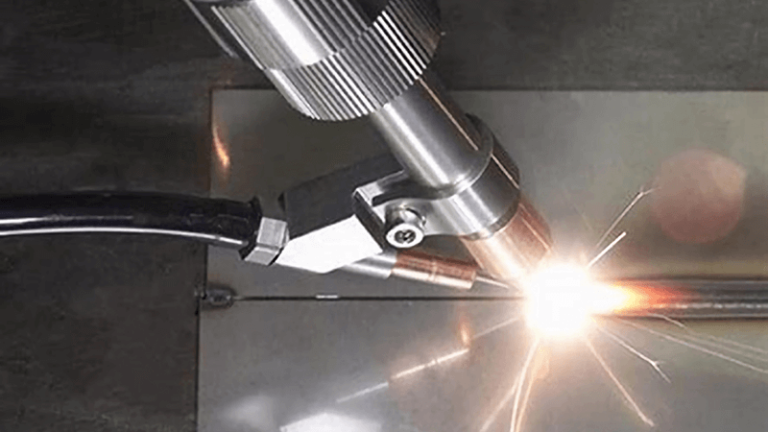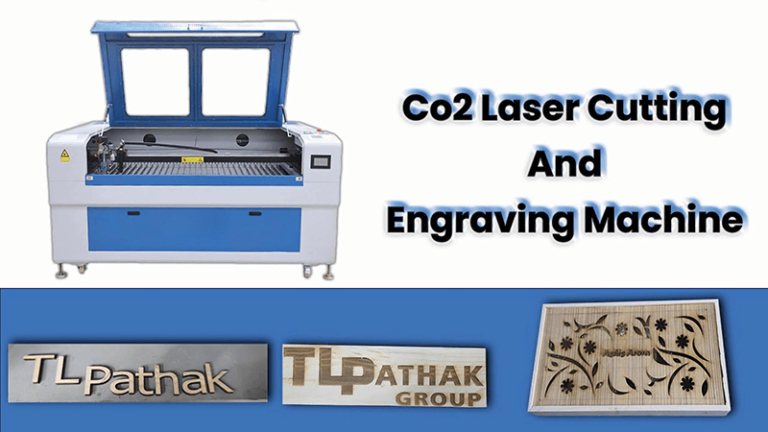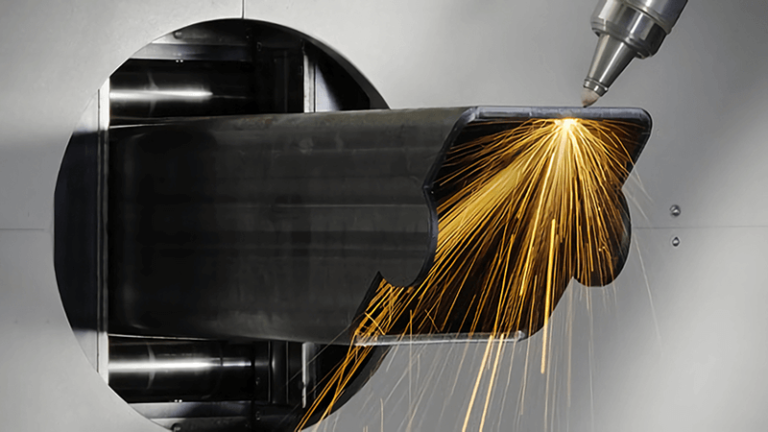Choosing the right laser welding machine for stainless steel can be a game-changer in your production line. With so many options available, it’s essential to focus on specific factors to ensure optimal performance and results. Let's dive into the key elements that will guide your decision-making process.
Selecting a laser welding machine for stainless steel requires careful consideration of several factors. Power output, beam quality, and weld speed are just a few of the elements that can significantly impact the results. Let's explore these critical factors to ensure you choose the best option for your needs.
At Kirin Laser, we understand how crucial it is to pick the right welding machine. Whether you’re new to laser welding or looking to upgrade, knowing the right questions to ask will save you both time and money in the long run.
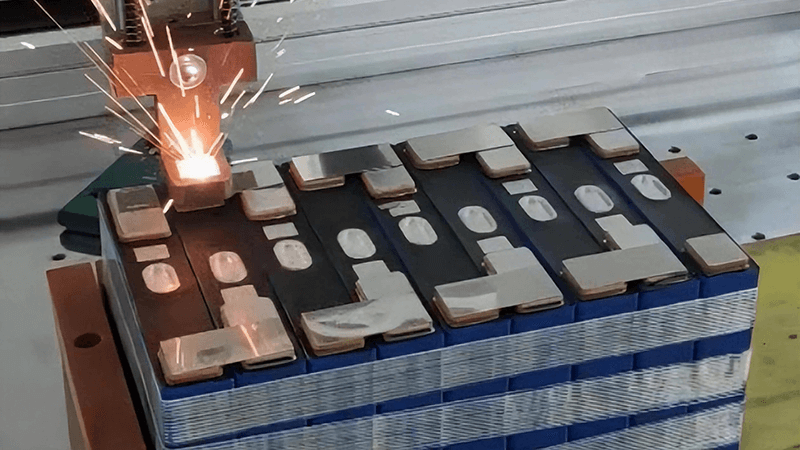
How to Choose a Laser Welding Machine?
Choosing the right laser welding machine involves understanding your specific needs and considering various technical aspects. It's not just about price, but also about the machine's performance, ease of use, and long-term benefits.
When choosing a laser welding machine, key factors like power output, beam quality, and material compatibility must be considered. A high-quality machine can lead to cleaner, faster welds, making your production process more efficient and cost-effective.
Choosing a laser welding machine requires evaluating several factors to ensure you invest in the right technology for your needs. At Kirin Laser, we focus on delivering high-quality, customizable solutions, which is why we emphasize the following criteria:
-
Power Output
The power output of a laser welding machine is one of the most crucial factors. Higher power allows the machine to perform deeper penetration, enabling it to weld thicker stainless steel more effectively. If you're working with thin materials, a lower power machine may suffice, but for thicker, more complex pieces, a higher power output is required to ensure strong, clean welds. -
Beam Quality
Beam quality is another important consideration. A high-quality beam ensures uniform intensity distribution, which is essential for precise welding. Poor beam quality can lead to inconsistent welds, leading to defects like spatter or weak joints. Kirin Laser machines are built with advanced beam technology to ensure optimal welding precision, minimizing defects and providing a smooth, high-quality finish. -
Welding Speed
Faster welding speeds translate to higher production rates, which can boost overall efficiency. It’s essential to choose a machine that balances speed with quality. A high-power laser with an advanced system can achieve faster welding speeds without compromising the weld's strength or appearance. This can be particularly valuable in high-volume production environments. -
Ease of Use and Maintenance
The user-friendliness of the machine also plays a crucial role. A machine that’s easy to operate can reduce training time and increase productivity right from the start. Additionally, consider the ease of maintenance. Machines that are easy to service and maintain will save you time and money in the long run. At Kirin Laser, we prioritize ease of use, making sure our systems are both efficient and simple to operate.
| Factor | Considerations | Impact on Performance |
|---|---|---|
| Power Output1 | Higher power needed for thicker stainless steel | Deeper penetration, faster welding |
| Beam Quality2 | Uniform intensity distribution | Higher precision, fewer defects |
| Welding Speed3 | Faster speeds for increased output | Improved productivity |
| Ease of Use & Maintenance | User-friendly interface, easy to maintain | Reduced training and downtime |
Choosing a laser welding machine isn't just about getting the most powerful model—it's about finding a system that aligns with your specific needs and enhances the overall production process.
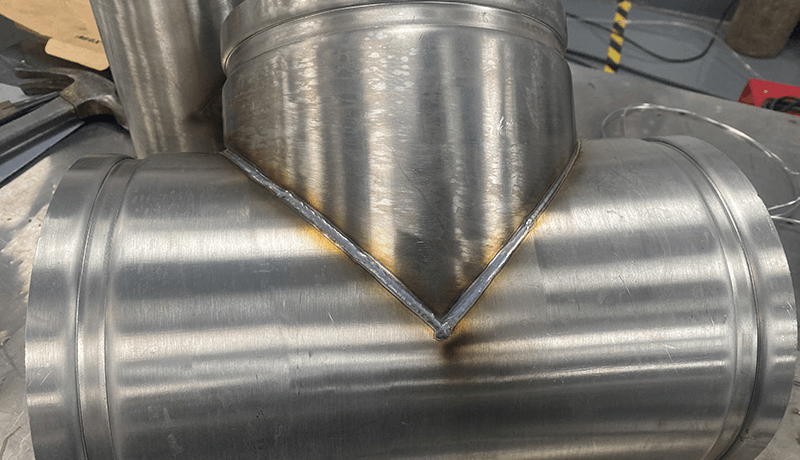
Which is the Best Welding Machine for Stainless Steel?
When it comes to welding stainless steel, not all laser welding machines are created equal. Some systems are specifically designed to handle the unique properties of stainless steel, offering superior performance, precision, and durability.
The best laser welding machine for stainless steel combines high power, excellent beam quality, and the ability to handle the specific challenges of welding stainless steel. Machines that are versatile, durable, and easy to maintain are the top choices for most manufacturers.
When selecting the best welding machine for stainless steel, you need to consider the specific demands of this material. Stainless steel has unique properties that require precise control during the welding process to achieve the best results. Here's what you should look for:
-
Power Range
Stainless steel varies in thickness, and to effectively weld it, the laser welding machine must have the appropriate power output. Higher power is needed for thicker stainless steel, while thinner materials can be welded with lower power settings. A machine that offers a wide power range allows for flexibility in handling various stainless steel thicknesses, making it ideal for diverse applications. -
Beam Quality and Focus
Stainless steel, being a reflective material, can present challenges during welding. A high-quality laser beam with excellent focus is crucial for ensuring clean, strong welds without unwanted spatter or heat damage. Poor beam quality can result in weak joints or even burn-through, which are costly to repair. -
Pulse Frequency
The pulse frequency of a laser welding machine affects the heat input and cooling rate during welding. For stainless steel, a higher pulse frequency can help control the heat input, reducing the risk of warping and ensuring a smoother, stronger weld. Machines that offer adjustable pulse settings allow for better control and more consistent results. -
Cooling System
Stainless steel requires controlled heat management during welding. A good cooling system in the machine ensures that the material is not overheated, which can lead to distortion or weakening of the weld. A laser welding machine with an advanced cooling system is essential for maintaining consistent quality during long production runs.
| Feature | Why It's Important | How It Helps with Stainless Steel Welding |
|---|---|---|
| Power Range4 | Handles different thicknesses | Flexibility for both thin and thick materials |
| Beam Quality & Focus | Reduces defects, ensures precision | Clean, strong welds without heat damage |
| Pulse Frequency | Controls heat input, prevents warping | Smooth welds, less distortion |
| Cooling System5 | Prevents overheating and distortion | Maintains weld quality during long runs |
At Kirin Laser, we focus on providing laser welding machines that meet these critical criteria, ensuring that your stainless steel welding processes are fast, efficient, and precise.
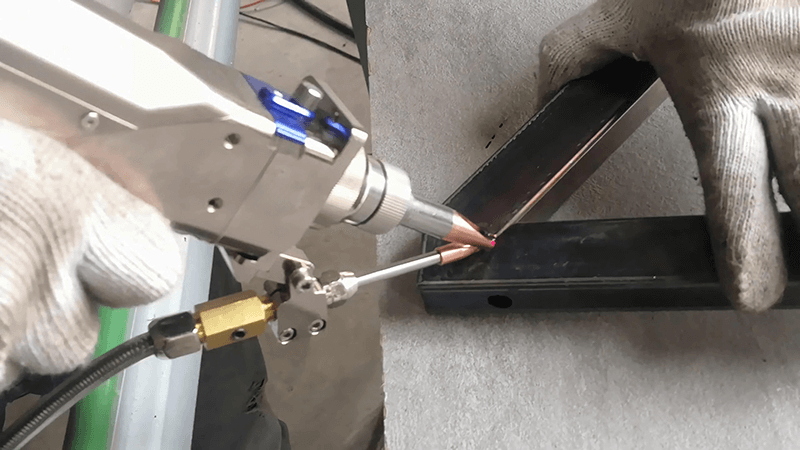
What is the Best Type of Welding for Stainless Steel?
Different types of welding processes are suited to different materials. Stainless steel, with its unique properties, requires specific welding methods for the best results. But which one is the most effective?
Laser welding is considered one of the best types of welding for stainless steel. It provides high precision, minimal heat input, and excellent control, making it perfect for welding thin and thick stainless steel with minimal distortion.
When welding stainless steel, it's important to choose a welding method that suits the material’s characteristics. Among various techniques, laser welding stands out due to its precision, control, and ability to minimize heat distortion.
-
Precision and Cleanliness
Laser welding is known for its precision. The focused beam creates clean, high-quality welds, which are crucial when working with stainless steel. The high precision of laser welding6 reduces the need for post-weld processing, saving time and ensuring the final product meets the desired quality standards. -
Minimal Heat Input
Stainless steel is sensitive to heat, and excessive heat can cause distortion or weakening of the material. Laser welding uses a focused beam that applies minimal heat to the workpiece, preventing distortion and maintaining the integrity of the stainless steel. This is particularly important when working with thin stainless steel, where heat can quickly cause warping. -
Fast and Efficient
Laser welding offers faster welding speeds compared to traditional methods, making it ideal for high-volume production. With minimal heat input7 and precise control, laser welding can be performed quickly without compromising the quality of the weld, which is crucial in industries that require both speed and precision. -
Reduced Post-Welding Work
Laser welding typically requires very little post-weld cleanup8. Since the laser produces clean, precise welds with minimal spatter, you will spend less time and money on finishing work. This is especially advantageous in high-quality stainless steel applications, such as the automotive or aerospace industries, where surface appearance and quality are critical.
| Welding Process | Key Benefits | Ideal for Stainless Steel Welding |
|---|---|---|
| Laser Welding | High precision, fast speed, minimal heat input | Thin and thick stainless steel |
| TIG Welding | High-quality but slower process | Thin stainless steel, clean welds |
| MIG Welding | Faster than TIG, versatile but more heat input | Heavier stainless steel, less precision |
| Stick Welding | Cost-effective but less precise | Heavy-duty applications, not ideal for thin material |
For stainless steel, laser welding stands out as the best choice due to its high-quality results and speed. Its ability to minimize heat distortion and provide precise control ensures that the final product is strong, clean, and meets the highest standards.
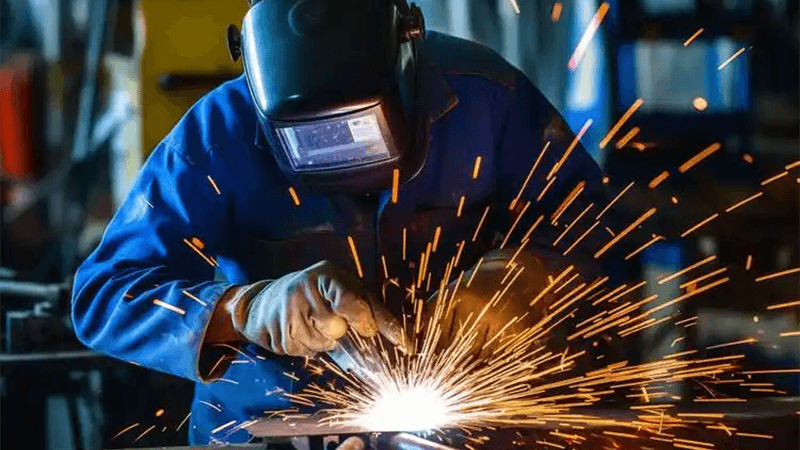
Can You Weld Stainless Steel with a Laser Welder?
Many people are curious if laser welders can be used to weld stainless steel. The answer is yes, and in fact, laser welding is one of the most effective methods for welding stainless steel.
Laser welders are ideal for welding stainless steel due to their precision, speed, and minimal heat input. Laser technology is particularly effective for both thin and thick stainless steel, offering a clean, strong weld with minimal distortion.
Laser welding is a highly effective method for welding stainless steel, offering many advantages over traditional welding techniques. Its ability to provide high precision, reduce heat distortion, and deliver faster production speeds makes it an ideal choice for manufacturers working with stainless steel.
-
High Precision for Stainless Steel9
Laser welding is particularly beneficial for stainless steel because of its precision. Stainless steel, known for its strength and durability, requires a clean, strong weld, and laser welding excels at producing just that. The precision of the laser ensures that the weld is exactly where it’s needed, with minimal heat-affected zones, reducing the risk of material distortion. -
Minimal Distortion10
Stainless steel is highly sensitive to heat, and traditional welding methods can easily cause distortion or weakening of the material. Laser welding, however, uses a focused beam that applies heat only where necessary, minimizing heat-affected zones. This ensures that the stainless steel remains in its optimal condition, with little to no distortion. -
Versatility in Welding Thicknesses11
Laser welding machines can easily handle various thicknesses of stainless steel, from thin sheets to thicker materials. With adjustable settings for power and pulse frequency, laser welders offer the versatility needed to handle a wide range of welding tasks, making them a reliable solution for manufacturers working with stainless steel in various forms.
Laser welding is one of the best methods for welding stainless steel due to its precision, speed, and ability to minimize heat distortion. Whether you’re working with thin sheets or thick materials, laser welders offer consistent, high-quality results.
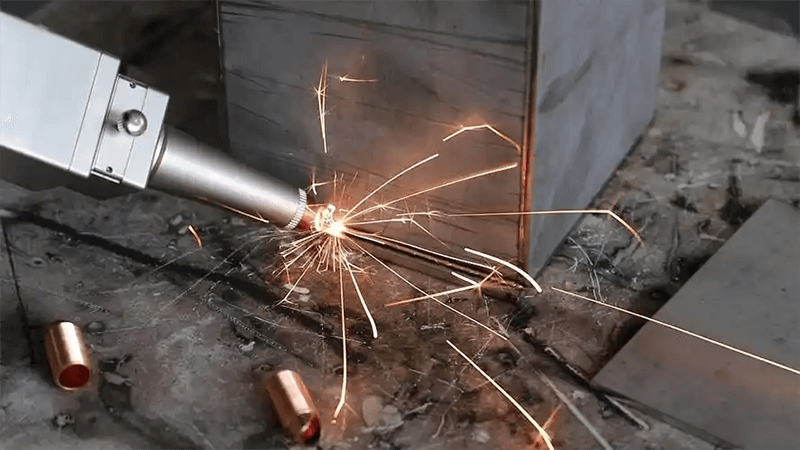
Conclusion
Choosing the right laser welding machine12 for stainless steel involves considering factors like power output, beam quality, and the specific needs of your production process. At Kirin Laser, we provide high-quality, customizable solutions that ensure precise, fast, and cost-effective welding. By understanding these key factors, you can confidently choose the best laser welding system for your needs.
-
Understanding power output is crucial for selecting the right laser welding machine for your specific needs and materials. ↩
-
Exploring beam quality can help you ensure precision and reduce defects in your welding projects. ↩
-
Learning about welding speed can enhance your production efficiency and overall output in manufacturing processes. ↩
-
Understanding the power range helps you choose a machine that can handle various stainless steel thicknesses effectively. ↩
-
A good cooling system is crucial for maintaining weld quality and preventing distortion during long runs. ↩
-
Explore the benefits of laser welding for stainless steel, including precision and efficiency, to enhance your welding projects. ↩
-
Understanding the impact of minimal heat input can help you choose the right welding method to prevent distortion in stainless steel. ↩
-
Learn about the significance of reduced post-weld cleanup in welding processes, especially for high-quality applications. ↩
-
Explore how high precision laser welding enhances the quality and strength of stainless steel welds, ensuring durability and reliability. ↩
-
Learn about the techniques used in laser welding that prevent distortion, preserving the integrity of stainless steel during the welding process. ↩
-
Discover the adaptability of laser welding machines for various stainless steel thicknesses, making them ideal for diverse manufacturing needs. ↩
-
Find your best welding solutions and get your best laser welding machiens for your stainless steel welding applications. ↩


